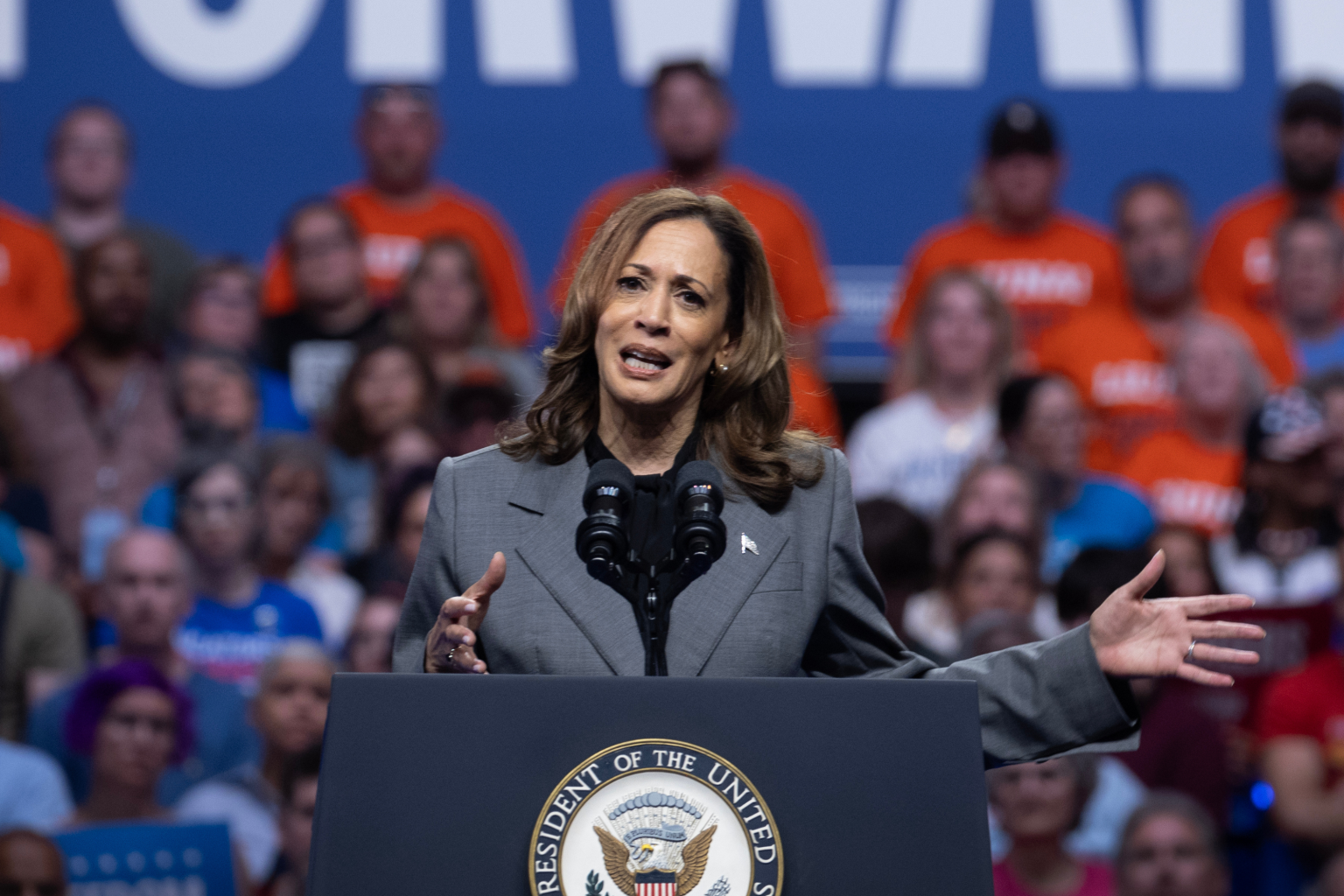With just six weeks until Election Day, CNN’s latest poll has shown Vice President Kamala Harris and former President Donald Trump tied among registered voters. The survey, which included responses from 2,074 voters from September 19 to September 22, found that Harris and Trump were tied at 47 percent each in a multicandidate matchup. Green Party candidate Jill Stein and Libertarian candidate Chase Oliver were also on the ballot. The poll also found that both candidates have relatively similar favorability ratings, with 42 percent of voters holding a favorable view of Trump and 45 percent feeling the same about Harris.
The core issues for voters, according to the latest survey, continue to be the economy, protecting democracy, immigration, and abortion/reproductive rights. Recent analyses suggest that the 2024 presidential election is poised to be one of the closest races in American history. FiveThirtyEight’s election forecast model categorizes the race between Harris and Trump as a “toss-up,” with four swing states – Arizona, Georgia, North Carolina, and Nevada – falling within a 1-point margin. Analysts are predicting that November could see the smallest electoral vote margin in a presidential election since 1876, with neither candidate being able to establish a 5-point lead in national polling.
On average, Harris currently leads in national polling by 2.5 percentage points over Trump. This is a smaller lead compared to the same point in the 2020 election, where President Joe Biden was up by 7.1 percentage points over Trump. Biden ultimately defeated Trump by 4.4 percentage points in November 2020. RealClearPolitics (RCP) shows an even closer race for the White House, with Harris leading Trump by 2.1 percentage points. RCP’s estimates indicate that the race is nearly tied in the Electoral College, with Harris having secured 215 electoral votes compared to Trump’s 219. RCP lists 104 electoral votes as toss-ups, including states like Arizona, Georgia, Michigan, and Pennsylvania.
With the race for the White House being described as the closest in the past 60 years, both campaigns are focused on key battleground states to secure electoral votes. The candidates are vying for support in swing states like Arizona, Georgia, North Carolina, and Nevada, where the race is within a 1-point margin. Recent analyses indicate that both candidates are struggling to gain a substantial advantage in national polling, with most voters appearing to be locked in their choices. This presents a unique challenge for both campaigns as they work to engage undecided voters and shore up support in crucial states.
Given the neck-and-neck race between Harris and Trump, both campaigns are intensifying their efforts to rally support and secure electoral votes. The upcoming debates, campaign events, and outreach initiatives will play a crucial role in shaping voter perceptions and influencing the final outcome of the election. As the race continues to evolve in the coming weeks, it remains to be seen which candidate will be able to gain a decisive advantage and emerge victorious on Election Day. The stakes are high in what many are predicting to be one of the closest and most hotly contested presidential elections in recent history.


